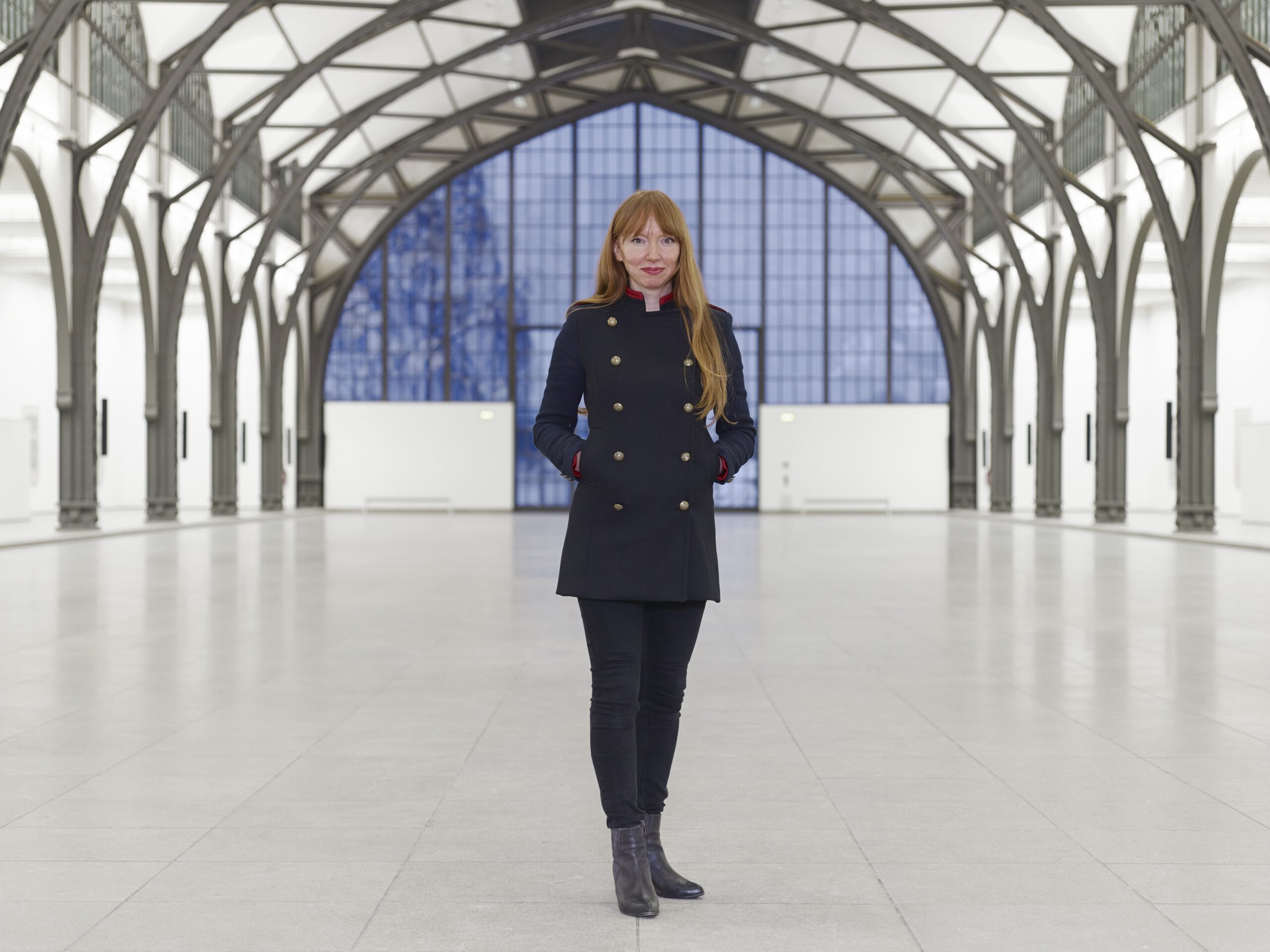A sculptor of sound: the artist behind Birmingham’s upcoming civic landmark
Affecting, memorable and thought-provoking are all apt words to describe the work of Glaswegian sound sculptor Susan Philipsz OBE.
From initial concept to final accomplishment, Philipsz’s artworks exude intelligence through their ability to poignantly capture narrative and meaning within sound.
It was this intelligence which won her the Turner Prize in 2010 for Lowlands, a sombre work based on the Scottish lament and sea shanty of the same name which tells the story of a drowned woman whose ghost mourns her inability to be with her lover again.
First shown in Berlin, the sound sculpture, which features overlapped recordings of Philipsz singing three versions of ‘Lowlands Away’, was later installed underneath three bridges in Glasgow.
“The Glasgow Bridge, the Caledonian Railway Bridge and the George V Bridge say so much about the history of Glasgow and the undersides of the bridges are like the dark underbelly of the city,” Philipsz revealed in You Are Not Alone, a book which explores ten of the artist’s sound installations which have been implemented in ten different areas of the world – from Glasgow and Kassel to Helsinki and Chicago.
Mourning and melancholic, the artist’s haunting reproduction of ‘Lowlands Away’ was an acute reflection of the emotion Philipsz experienced in the city’s “underbelly” where she encountered flowers and a note in remembrance of someone who had taken their own life there.
Undoubtedly, this is an artist who knows how to reference, record and place sounds and forms to articulate the atmosphere and inhabitants of the environment in which they play.
Philipsz’s work Study for Strings in Kassel, Germany is another prime example of this skill.
Installed at Kassel Hauptbahnhof train station which had been historically used to deport Jewish families to ghettos and concentration camps, the piece played a deconstruction of Study for Strings Orchestra by Pavel Haas, a Moravian-Jewish composer who was murdered in the Holocaust.
Haas never completed his piece before his deportation to Auschwitz-Birkenau so Philipsz’s recording of a violist and cellist reproducing a simplified rendition of the composer’s symphony expressed the unrealised accomplishments of Haas and millions of other Holocaust victims.
It is undeniable that space and sound are inextricable in Philipsz’s work.
“Your feelings of longing or melancholy are often battling ambient sounds,” Philipsz explained to Gerrit Wiesmann in the New York Times.
“It’s exactly through these ambient sounds that you become very aware of where you are and who you’re beside.”
Since her early childhood, music and sound have been a core part of Philipsz’s life; as a child she sang in church and was part of the local Catholic choir alongside two of her sisters.
After obtaining a bachelor’s in Fine Art Sculpture and a master’s in Fine Art, Philipsz pursued a career in sound sculpture which led to international acclaim and to her being the first sound artist and fourth woman to win the Turner Prize in 2010.
From a recording of herself singing a Finnish lullaby sounded in Helsinki’s Central Railway Station to a series of notes played out across Heldenplatz in Vienna, it is evident that such success stems from Philipsz’s ingenuity.
Station Clock promises to illustrate a similar degree of artistry with the sound of 1,092 voices to be heard across Birmingham, epitomising the city of a thousand trades where diversity is celebrated.
Imitating the hourly chimes of a regular clock, the voice recordings will be sounded on a 24 hour, 7 day loop and heard in the Chromatic musical scale.
“The idea for Station Clock came from looking at a drawing of the chromatic scale in my studio. I look at it every day, there are twelve tones in the chromatic scale and I thought it’s kind of like a clock face,” Philipsz explained.
“Every station should have a clock, but rather than have digits from a clock I thought it could have tones from the chromatic scale.”
If the responses to Philipsz’s previous sound sculptures are anything to go by then we can certainly expect something special.
Appearing on the ground as a large clock face, the future Birmingham sound sculpture will measure 15 metres in diameter and contain audio equipment that will produce the sonic compilations hourly.
Recorded at the Royal Birmingham Conservatoire, the voices will be assembled by Philipsz ahead of the clock’s construction.
As the finish line for the voice recording sessions becomes visible on autumn’s horizon, we look forward to being one step closer to the completion of the Turner Prize winner’s next vision.
If you would like the voices of your community group or company to be recorded for Station Clock, please get in touch with us via our ‘Take Part’ page.
The upcoming recording dates are as follows:
Saturday 22 October
Sunday 23 October
Monday 7 November
Tuesday 8 November
Wednesday 9 November
Thursday 10 November

